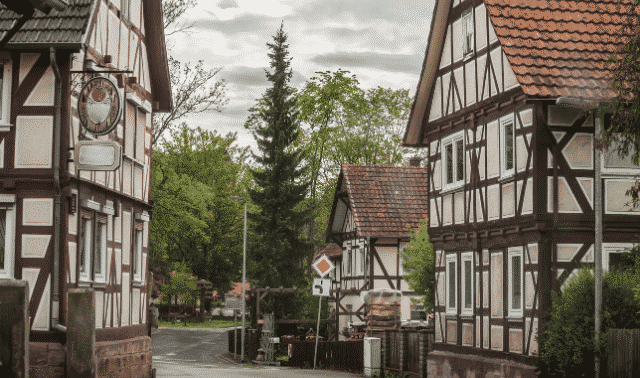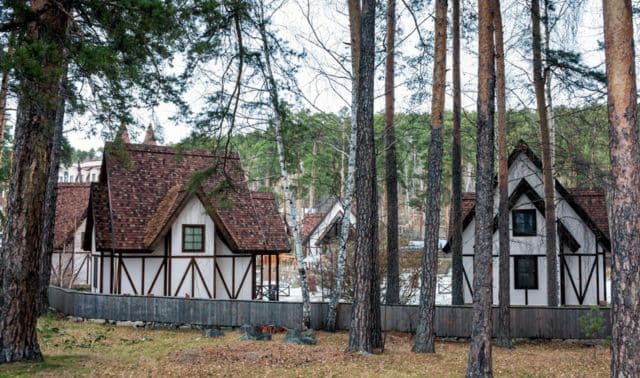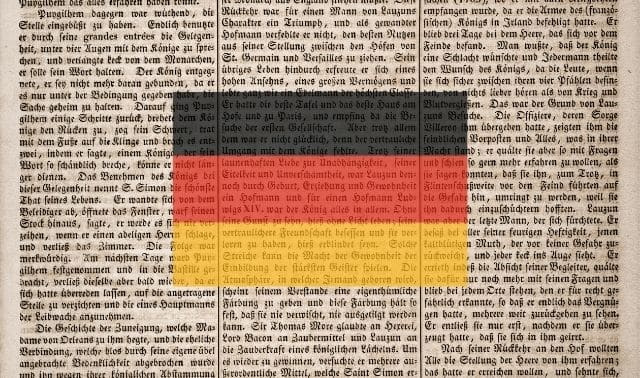Sign up for the Family Tree Newsletter Plus, you’ll receive our 10 Essential Genealogy Research Forms PDF as a special thank you!
Get Your Free Genealogy Forms
"*" indicates required fields

Many beginning their searches for German-speaking ancestors are left feeling frustrated. Why? Because one of the truisms of research in Europe is that knowing the exact village of origin is always helpful, and sometimes essential, to finding out more about their ancestry.
This especially becomes the case when the only document known to the researcher names the generic “Empire of Germany” or still-broad “Kingdom of Prussia” as the origin.
Gather more documents if you can
The next step? Look for other documents that may arm you with something more specific, even if the research you’ve done (or tree you’ve found on the Internet) looks like a number of sources have been have been consulted.
If you have the final papers of naturalization, look for the declaration of intent (nicknamed “first papers”). If an obituary has been found in an English-language newspaper, make sure you also check for both the closest German-language newspaper (as well as such newspapers anywhere the immigrant lived in America). Even if you have found the ancestor’s tombstone, check for a church burial record, which might list more information.
If you truly believe you’ve found every record relating to your immigrant ancestor and his or her children – for example, a parent’s birthplace might be listed in a baptism or death record for a sibling to your direct-line ancestor – then it’s time for some triage.
Understanding the Immigration Waves
The first fork in that road is during which “wave” of German immigration to America the immigration took place.
The “First Wave”extending from a trickle of folks in the 1600s through the American Revolution – was primarily from what is today southwestern Germany. During this time period, there were still hundreds of states loosely bound in what was called the Holy Roman Empire of the German Nation.
First Wave ancestors
As a result, when an American record names an origin of a First Wave immigrant, the jurisdiction to which the village of origin belongs may no longer exist in Germany today – and if it does, it likely will have considerably different territory. The prime states from which many of these emigrants left are the Palatinate, Baden, Wuerttemberg and Alsace-Lorraine in what’s now France.
Second Wave ancestors
During the “Second Wave,” from the early 1800s through World War I, many more emigrants came from further north and east: Bavaria, Hanover, Prussia and Posen. The Kingdom of Prussia itself expanded greatly and was itself divided into provinces; finding a record noting which province of Prussia is more helpful that just knowing Prussia.
Armed with this information to narrow the field of search, look for people and families with whom your immigrant family associated and see if their village origins are known. It’s a fair possibility that your own ancestry may come from the same village or one in the same area.
ADVERTISEMENT




